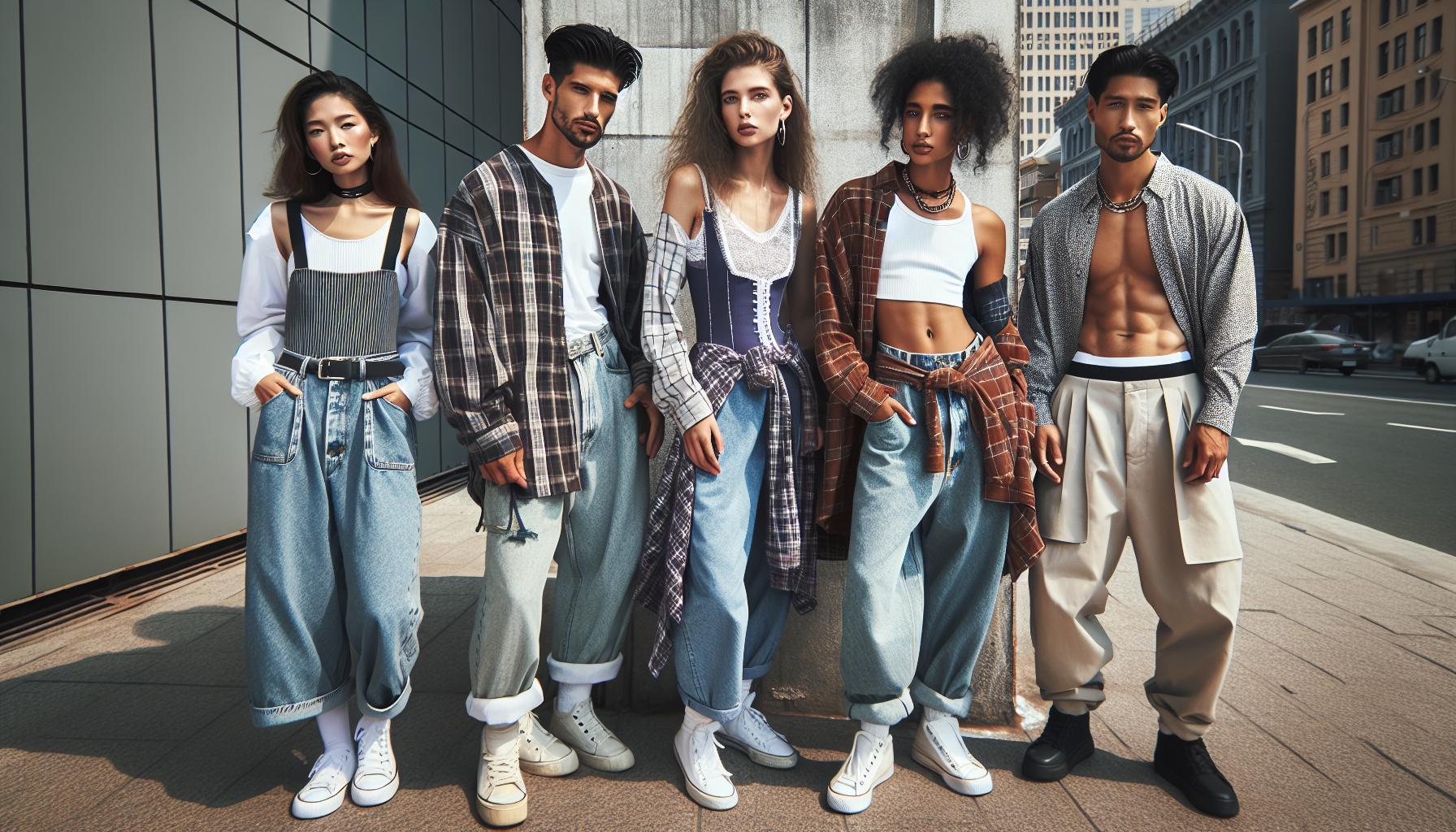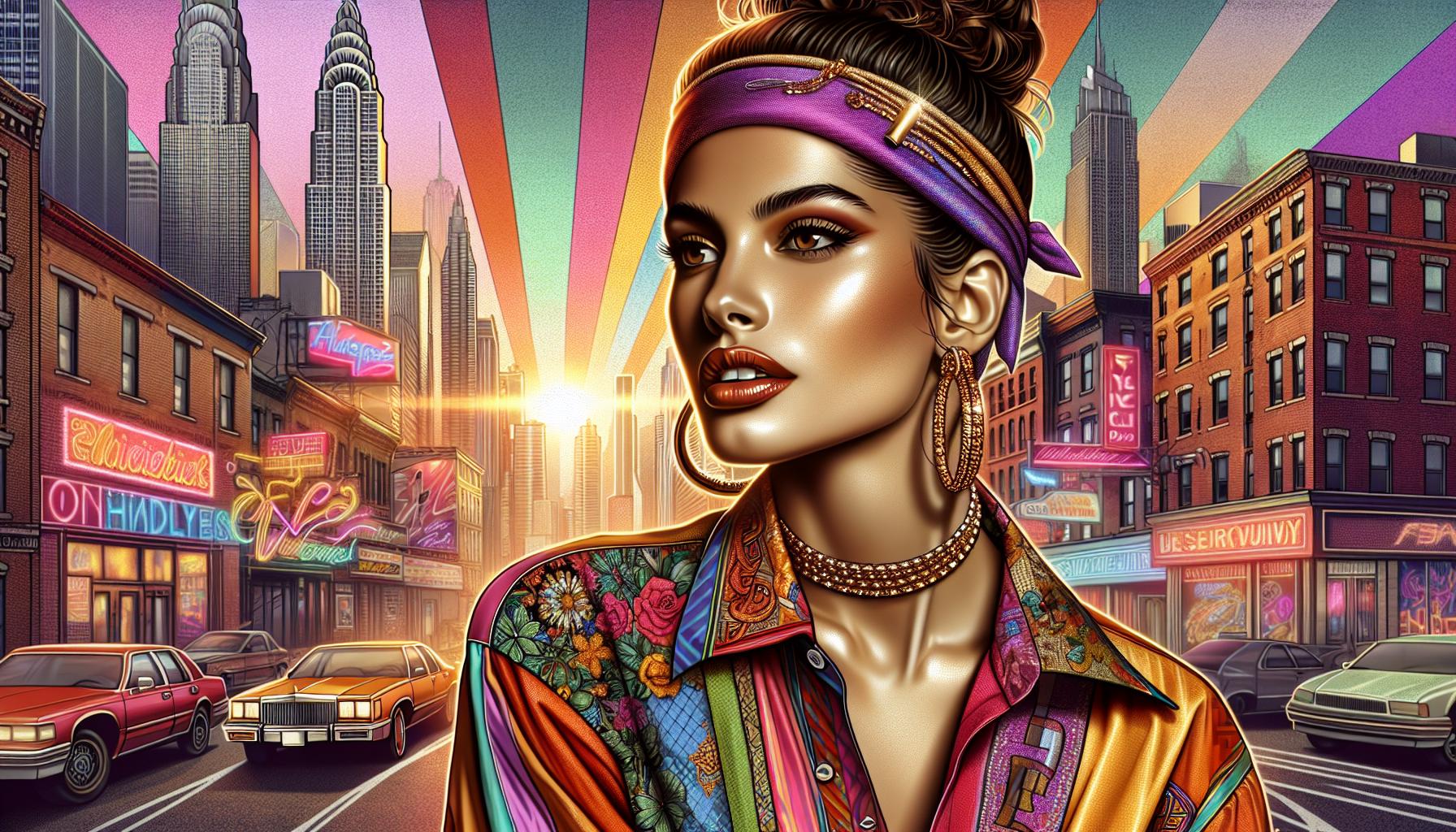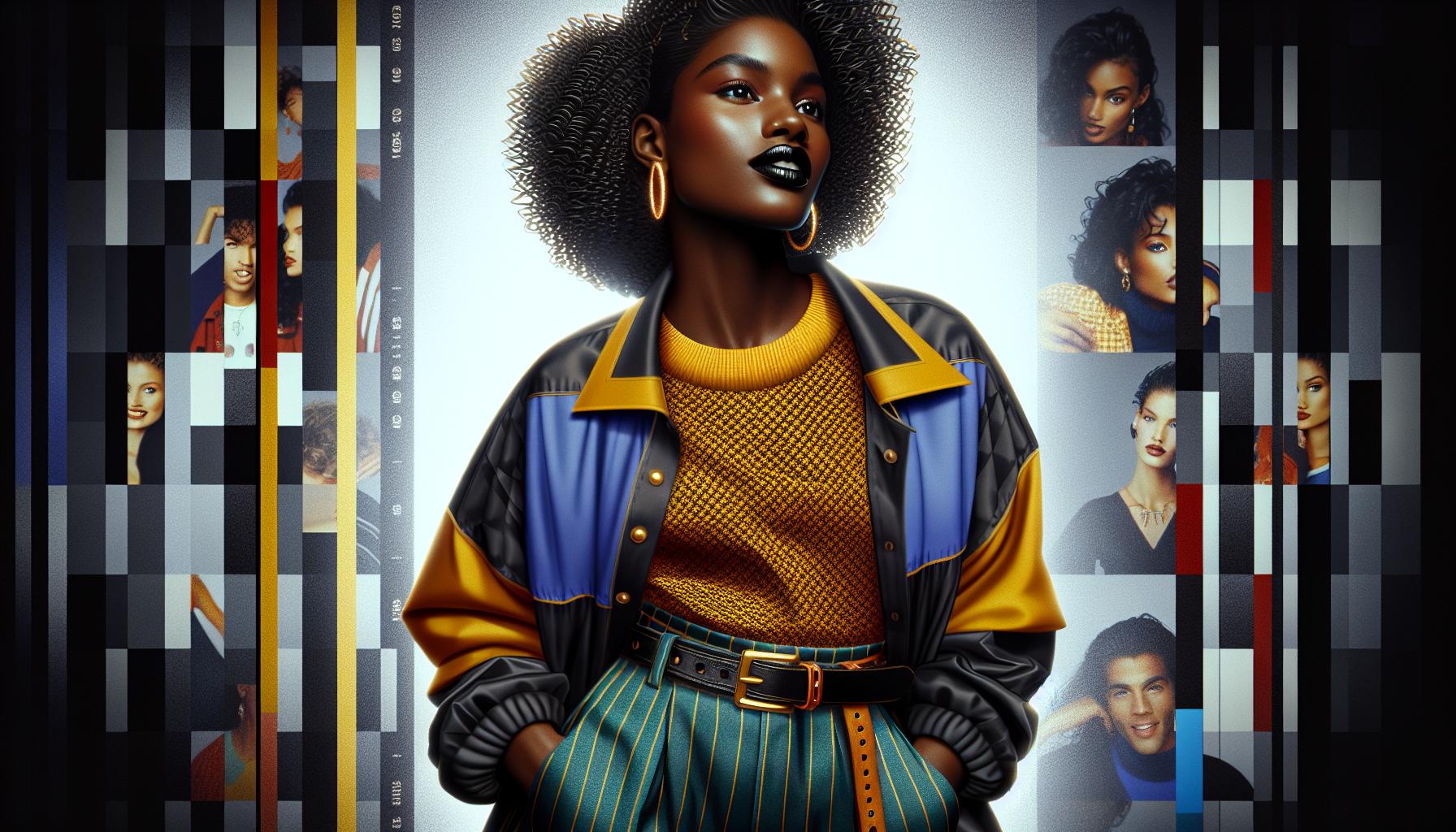In the vibrant world of the 90s, fashion magazines were more than just glossy pages; they were the ultimate style bibles. With bold colors and outrageous trends, these publications captured the essence of a decade that celebrated individuality and self-expression. From grunge to glam, they showcased everything from flannel shirts to platform shoes, making it impossible to resist flipping through their pages.
Readers eagerly awaited each issue, not just for the latest trends but for the larger-than-life personalities that graced the covers. Icons like Naomi Campbell and Kate Moss became household names, setting standards that still influence fashion today. So grab your butterfly clips and platform sneakers as we dive into the fabulous world of 90s fashion magazines, where every page turned was a ticket to a style revolution that still resonates with fashion lovers everywhere.
90s Fashion Magazines
Fashion magazines of the 1990s defined trends and influenced public perception of style. These publications featured vibrant layouts filled with bold colors and striking photography. Key figures in the fashion world, including Naomi Campbell and Kate Moss, frequently graced their covers, establishing iconic status.
Readers often turned to magazines like Vogue, Elle, and Harper’s Bazaar for inspiration and guidance. Each issue showcased essential style tips, making them crucial resources for fashion-savvy individuals. Articles highlighted trends such as grunge, minimalism, and the rise of streetwear, reflecting the decade’s diversity.
Models represented more than just clothing; they became cultural icons. Their influence extended beyond fashion, affecting beauty standards and lifestyle choices. Editorial photography captured the essence of 90s youth culture, merging fashion with music and art movements.
Additionally, the emergence of supermodels marked a shift in how audiences engaged with fashion. Celebrity endorsements also played a significant role, blurring the lines between high fashion and mainstream appeal. Readers gained access to exclusive interviews and behind-the-scenes details, deepening their connection to the industry.
In essence, 90s fashion magazines encapsulated a transformative era, inspiring individuality and self-expression among their readership. The legacy of these publications continues to resonate today, reminding enthusiasts of the excitement that defined the decade’s fashion landscape.
Cultural Impact of 90s Fashion Magazines

Fashion magazines from the 90s significantly influenced culture and lifestyle, shaping the way people viewed style, beauty, and identity. Their reach extended far beyond mere clothing, affecting music, art, and even politics.
Influence on Popular Culture
Magazines like Vogue and Elle showcased personalities who transitioned into pop culture icons. Models became role models for youth, encouraging self-expression and confidence. References to fashion in music videos solidified these trends, with artists often mirroring styles highlighted in these publications. Pop culture absorbed the aesthetics presented in these magazines, leading to a resurgence of certain styles in various media forms. Shows and films often featured characters embodying iconic looks from the pages of these magazines, tying fashion directly to popular entertainment.
Key Trends Highlighted
The 90s highlighted numerous trends in fashion that resonated with the public. Grunge style emerged, characterized by flannel shirts and distressed jeans, reflecting a desire for authenticity. Minimalism showcased clean lines and neutral palettes, emphasizing sophistication and simplicity. Streetwear gained prominence, blending high-end fashion with casual wear, taking cues from urban culture. Magazines dedicated entire sections to these themes, helping individuals navigate their personal style choices. Each issue provided readers with inspiration to experiment, pushing the boundaries of traditional fashion norms.
Notable 90s Fashion Magazines

The 1990s featured a vibrant lineup of fashion magazines that shaped style and culture. Three publications stood out for their influence and appeal.
Vogue
Vogue held a prominent position in the fashion world throughout the 90s. Renowned for its high fashion and artistry, each issue showcased cutting-edge trends. Covers frequently featured supermodels like Kate Moss and Naomi Campbell, cementing their status as icons. The magazine highlighted luxury brands, often setting industry standards. Its editorials pushed creative boundaries, inspiring both designers and readers. Vogue provided extensive coverage of global fashion events, emphasizing the importance of runway shows. Readers relied on it for style advice and inspiration, making it a staple in every fashion enthusiast’s collection.
Harper’s Bazaar
Harper’s Bazaar carved out a unique space in the 90s fashion landscape. Known for blending fashion with lifestyle content, it catered to a diverse audience. The magazine focused on elegance and sophistication, frequently showcasing contemporary designers. Iconic features included thought-provoking articles on culture and art, illustrating fashion’s broader context. Photography played a vital role in its storytelling, often highlighting emerging trends. Harper’s Bazaar shaped consumer tastes, encouraging experimentation while maintaining classic styles. Its engaging narratives attracted loyal readers eager to learn about both fashion and lifestyle.
Elle
Elle stood out for its focus on modern femininity in the 90s. This publication championed a diverse range of styles and voices, promoting self-expression. Each issue combined fashion with relevant lifestyle topics, resonating with a younger demographic. Elle frequently championed rising designers, bringing fresh perspectives to its readers. The magazine featured captivating photo shoots that sparked trends and celebrated individuality. Its accessibility made fashion approachable, inviting all women to explore new styles. Elle’s combination of fashion and culture established it as a go-to source for the trend-savvy reader.
Iconic Fashion Spreads and Editorials

Fashion magazines in the 90s showcased striking visuals and narrative styles that defined a generation. These iconic spreads presented a fusion of artistry and fashion, influencing trends worldwide.
Noteworthy Photographers
Richard Avedon captured the essence of modern beauty through his stark, dynamic imagery, often featuring high-profile models in bold settings. Annie Leibovitz brought an intimate and storytelling approach to her editorial work, celebrating the personalities behind the fashion. Steven Meisel, with his striking compositions, often played with themes of identity and fantasy, redefining fashion photography standards. Mario Testino became renowned for his glamorous portraits that combined elegance with a touch of playfulness. Each photographer contributed a unique vision, pushing the boundaries of creative expression and setting iconic benchmarks for fashion editorial work.
Famous Models Featured
Naomi Campbell dominated the fashion scene, embodying confidence and sophistication in countless editorials. Kate Moss emerged as a leading figure, representing the ’90s grunge aesthetic while captivating audiences with her versatile looks. Cindy Crawford brought glamour and allure to the pages, often regarded as a quintessential supermodel of the era. Linda Evangelista, known for her chameleon-like ability to transform, featured in major campaigns and editorial spreads that highlighted her versatility. These models not only represented fashion; they became cultural symbols, influencing trends and inspiring a generation of style enthusiasts.
Evolution of Fashion Magazines in the 90s
Fashion magazines in the 90s played a pivotal role in the evolution of style and trends. With the advent of the internet, the focus began shifting from traditional print to digital platforms.
Transition from Print to Digital
Transitioning to digital formats allowed fashion magazines to reach broader audiences. As technology advanced, magazines established online presences, enhancing interactivity for readers. Websites provided instant access to trends, images, and editorials, appealing to a younger generation. The immediacy of digital content changed the way fashion was consumed, offering real-time updates on style shifts and celebrity news. Print editions adapted by integrating digital elements, adding QR codes or online exclusives to create a more integrated experience.
Lasting Legacy of 90s Fashion Magazines
90s fashion magazines left an indelible mark on the industry. They not only shaped perceptions of beauty and style, but also inspired a cultural revolution. Iconic covers and memorable editorials defined the era, influencing subsequent generations of designers and editors. The diversity seen in these magazines encouraged broader representations of femininity and personal style. Trends from the 90s, such as minimalism and grunge, continue to resonate today, showcasing the magazines’ enduring influence on contemporary fashion. The cultural significance of these publications remains palpable, as many still reference their iconic visuals and themes in current fashion discourse.
The vibrant world of 90s fashion magazines left an enduring legacy that continues to influence the industry today. These publications not only showcased bold styles and iconic models but also shaped cultural narratives that resonated with a generation. They encouraged self-expression and celebrated diversity in fashion.
As trends evolved from print to digital, the essence of these magazines remained vital in defining beauty standards and lifestyle choices. The impact of 90s fashion magazines is still felt in contemporary fashion discussions, reminding enthusiasts of a time when style was a powerful form of personal expression. The excitement and individuality these magazines inspired remain a significant part of fashion history.

